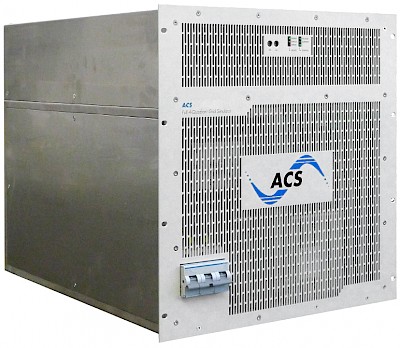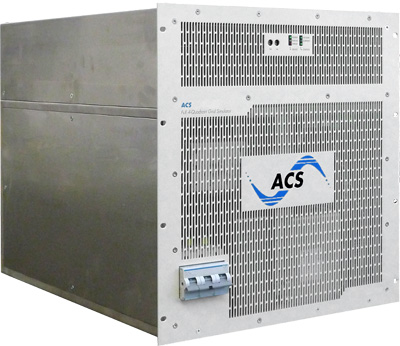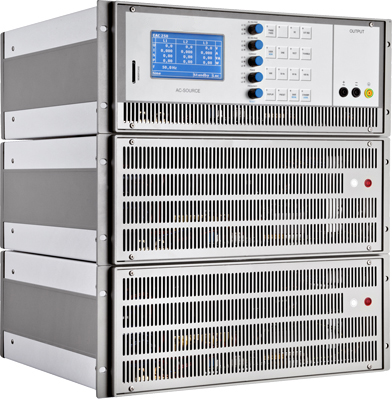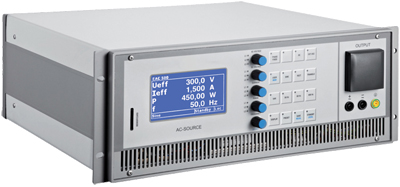When researching grid balancing, Loughborough University required a stable power supply to generate results.
 The UK's transmission operator (National Grid) has a legal obligation to the maintain the frequency within statutory (49.5Hz - 50.5Hz) and operational limits (49.8Hz - 50.2Hz), while the distribution network operator needs to control the voltage at 230V +6% -10%.
The UK's transmission operator (National Grid) has a legal obligation to the maintain the frequency within statutory (49.5Hz - 50.5Hz) and operational limits (49.8Hz - 50.2Hz), while the distribution network operator needs to control the voltage at 230V +6% -10%.
Many manufacturers now design their systems to operate at both 50Hz and 60Hz so that equipment is transferable between the American and UK grid systems. Power electronic drives are a common feature in many industrial motor based processes and this has provided an interface between the grid and the machine removing the need for a tight 50Hz frequency. In addition, satellite based timing signals have resulted in less reliance on the grid system for timing.
Loughborough University's Centre for Renewable Energy Systems Technology (CREST) wanted to identify whether the National Grid would have to maintain their obligated 1% frequency tolerance, or if this tolerance is now outdated.
CREST were provided with a programmable AC source by ETPS, featuring the ability to set current limits and specify voltage/frequency. Reader, Dr. Dani Strickland stated that "the AC source provided us with an immense amount of control over the output, allowing for accurate emulation of a variety of grid conditions."
"Without the simplicity and flexibility of the power system ETPS provided, research would have proved much more difficult."

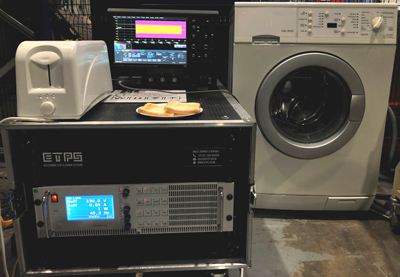 The National Grid currently spends millions of pounds every year purchasing balancing services, such as Firm Frequency Response (FFR). It is forecasted that the instability of the grid will continue to increase in coming years.
The National Grid currently spends millions of pounds every year purchasing balancing services, such as Firm Frequency Response (FFR). It is forecasted that the instability of the grid will continue to increase in coming years.
